The Fin-de-Siècle Paris Theater Whose Performances Were Literally Torturous
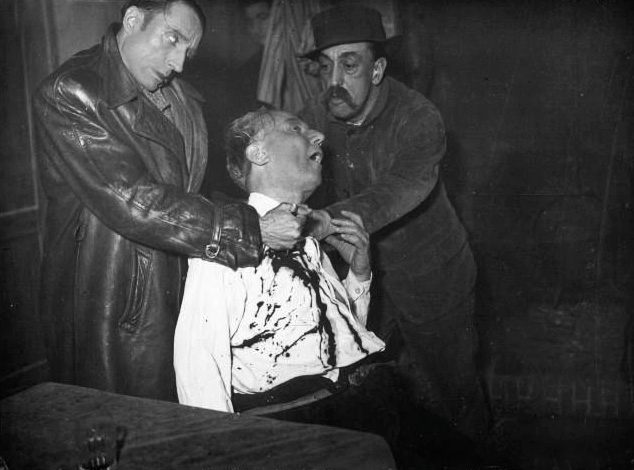
At The Grand Guignol seeing someone getting brutally stabbed was a quiet night. (Image: Bibliothèque nationale de France/Wikipedia)
A knife in the eye. A splash of acid in the face. Murder. Comedy. Ah, the theater!
So went the shows at the Le Théâtre du Grand-Guignol in Paris. One of the most notorious stages of all time, it was the place where playwrights staged horrific tales of violence and revenge under the haunting eaves of a former chapel. During its 65 years in operation, the Grand Guignol staged over a thousand plays to both the shock and delight of its audiences, going down in history as one of the foundations of horror-as-entertainment.
Today, the Grand Guignol is so associated with its shocking, bloody fare, that its very name is shorthand for theatrical horror. But the theater’s original mission was quite different. The Grand Guignol was originally founded in 1895 by French playwright Oscar Méténier. He purchased an old chapel located at the end of a tight alley, leaving the gothic, religious decorations intact. Wooden angels hung from the ceiling, and towered over the orchestra. The iron-grated confessional areas were turned into private boxes, and the balcony seats resembled pews. At only 293 seats, the theater was the smallest in Paris, but its eerily gothic environment made it one of the most singular, to say nothing of the programming.
Méténier established the Grand Guignol with the intention of creating a space for “naturalistic” theater. Naturalism was a 19th-century movement in European drama that focused on creating grounded plays that depicted regular characters in realistic settings and situations. However, Méténier’s view of naturalism leaned more towards the seedier side of life, with many of his plays depicting prostitutes, criminals, and street urchins—subjects that were not only frowned upon, but considered criminally offensive. One of his plays, Mademoiselle Fifi, which was about a prostitute, was even temporarily shut down by the police. But while Méténier’s plays were controversial in their depictions of society’s unmentionable classes, they were a far cry from the lurid, amoral plays to come.

An advertisement for one of the shows. (Image: Bibliothèque nationale de France/Wikipedia)
In 1897, the theater was taken over by Max Maurey, who leaned into the Grand Guignol as a space for straight-up horror. Under Maurey’s leadership, the theater ran a variety of plays, ranging from comedies to dramas, As the seasons went on, the plays began to take on grimmer subject matter, like an adaptation of Edgar Allan Poe’s The Telltale Heart. Original works touched on social and political themes, twisting them into violent tales of murder and revenge, like André de Lorde’s, The Ultimate Torture.
When theatergoers came to the Grand Guignol, they would be presented with a handful of short plays which usually alternated between comedy and horror in an attempt to accentuate the experience of both, a programming tactic devised by Maurey. He was said to judge the success of a given play by the number of audience members who passed out. As a publicity stunt, he also hired a house doctor to administer to those who were adversely affected by the horrors on display.
Under Maurey’s leadership, the plays at the Grand Guignol began focusing on tales of insanity, hallucination, and, above all, terror. The previously mentioned de Lorde became the Grand Guignol’s leading playwright starting in 1901, bring all-new tales of the macabre to the stage. Often working with a cowriter, de Lorde penned sick tales involving figures like a child-killing nanny, a mad doctor who performs a vengeful lobotomy, and jealous women who stick a pair scissors in the eyes of a more beautiful woman. During his tenure at the Grand Guignol, de Lorde would write 150 plays for the theater, and usher it through its most prosperous and iconic era. A quiet librarian by day, de Lorde earned the nickname “The Prince of Terror” for his work at the Grand Guignol.

An actor from a 1937 production, looking a bit the worse for wear. (Image: Bibliothèque nationale de France/Wikipedia)
In 1914, Maurey gave leadership of the theater to Camille Choisy, who focused on increasing the viscera via staging and special effects. Writing plays about sex and violence was shocking enough, but under Choisy, the Grand Guignol was devoted to bringing their horrors to life as realistically (or at least as gruesomely) as they could with the special effects capabilities of the time. Blood gushed from wounds and bodies were cut into pieces. Together with theatrical lighting and sounds, the thrills and scares were so shocking that, according to a 1957 New York Times Magazine article, audience members would call for doctors or police during the performances. The article goes on to tell of blood transfusion scene that caused a record 15 people to faint. Maurey must have been very proud.
Even with all of the gross outs, the theater’s popularity continued to grow, hitting its peak in the era between the two World Wars, when the theater became a hit tourist attraction. During this bloody heyday, the Grand Guignol’s grand dame was actress Paula Maxa, who performed from 1917 into the 1930s, earning the ignominious distinction of being “the most assassinated woman in the world.” Like in many horror stories to this day, the victims of the Grand Guignol stories were often women, and none more often than Maxa, who was killed over 10,000 times during her time at the theater. She was stabbed, shot, strangled, poisoned, and even eaten by a puma, just to name a few of her gruesome on stage performances. Even more worryingly, she was also said to have been subjected to simulated rape another 3,000 times on the stage.
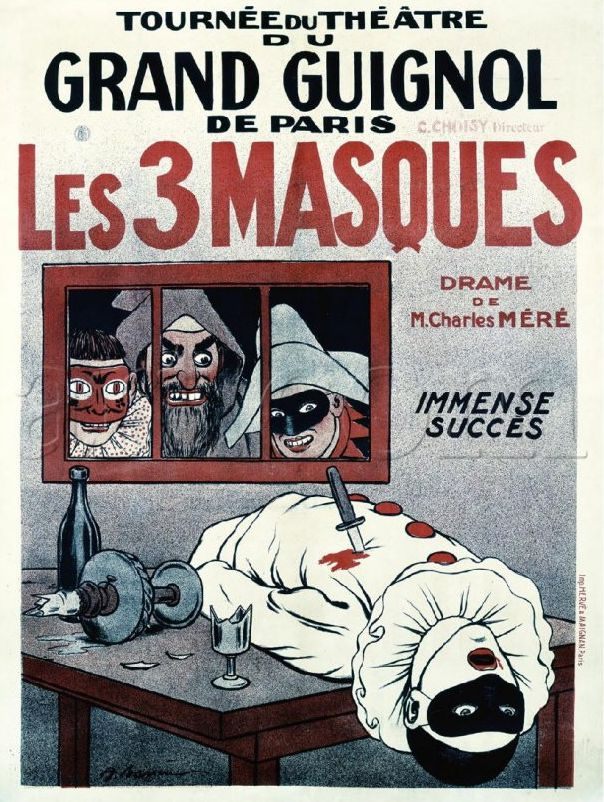
Harlequins were a common and terrifying sight at the theater. (Image: Bibliothèque nationale de France/Wikipedia)
But all the queasy, sadistic entertainment couldn’t last. As World War II rumbled into motion, the theater was once again taken over, this time by one Jack Jouvin, a director who wanted to move away from the leery gore that had made the Grand Guignol famous, and towards headier psychological horror plays. Jouvin fired Maxa and tried as best he could to steer the theater into a different direction, but once the public had a taste for blood, they just wanted more, and the crowds began to disappear.
Jouvin left in 1937, but it was too late. With the onset of the war in 1939, and the German occupation of Paris just a year later, the theater never really recovered. By the end of the war, the world had apparently seen enough horror and sadism. In a TIME article in 1962, the year the Grand Guignol would close, the theater’s final director, Charles Noonan, explained the lack of audience. “We could never equal Buchenwald,” he said. “Before the war, everyone felt that what was happening onstage was impossible. Now we know that these things, and worse, are possible in reality.”
After the war, even with rapidly dwindling attendance, the theater continued to receive famous guests like Ho Chi Minh and the King of Romania, who had a bedroom in the backstage of the theater where he would supposedly sleep with his mistress while the plays took place.
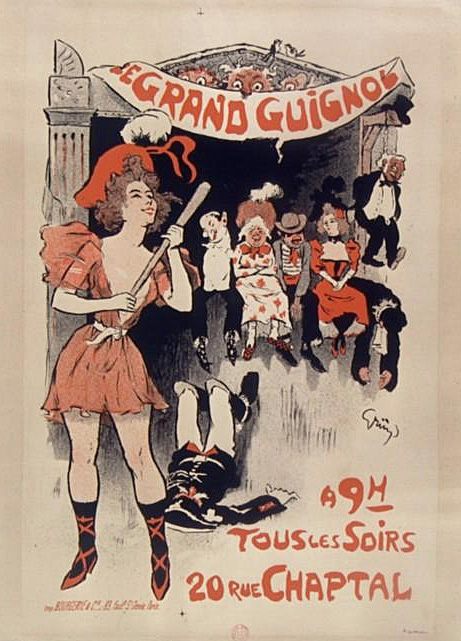
A cheerier poster than usual. (Image: Bibliothèque nationale de France/Wikipedia)
Of course this is not to say that the Grand Guignol didn’t keep trying to outdo the world in horrors during its final years. Even with attendance waning as their staged gore began to seem more kitsch than killer, the theater continued to stage elaborate acts of reprehensible violence. The TIME article describes the last gasps: “Still another victim—popular with modern fans—was bound, gagged and whipped; then the tips of her breasts were clipped off with hedge shears and her eyes were scooped out with a soupspoon and a jackknife. “We are very proud of that sequence,” said Charles Nonon.”
While the Grand Guignol finally closed in 1962, the old theater itself is still around. Today it houses the International Visual Theater, which specializes in sign-language plays, almost as though it is trying to make up for all of the horror that was staged on its boards. But the Grand Guignol did leave behind a legacy of blood and terror that has carried on in other theaters and productions that borrowed the name. The influence of its productions can still be seen all over modern horror movies, especially those in the “torture porn” genre. It might not be for everyone, but the Grand Guignol still managed to leave its bloody fingerprints on the world’s psyche.
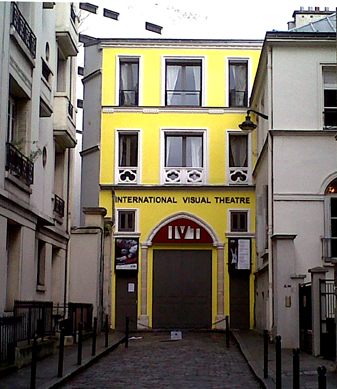
The theater as it looks today. (Image: Allessandro Curly/Wikipedia)

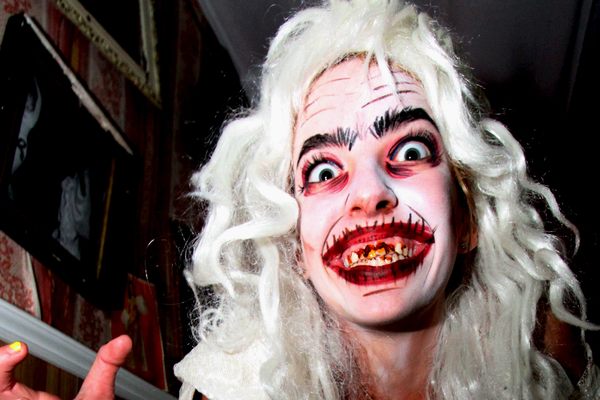
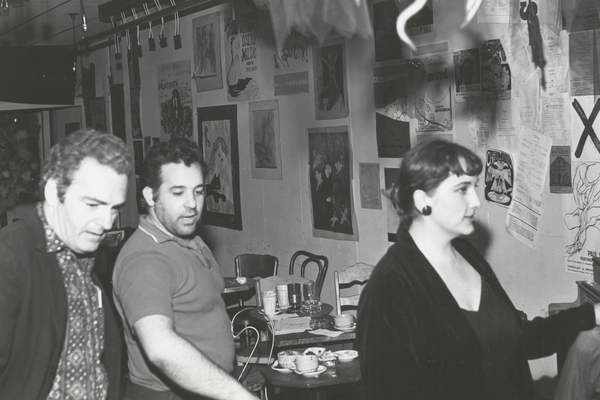





Follow us on Twitter to get the latest on the world's hidden wonders.
Like us on Facebook to get the latest on the world's hidden wonders.
Follow us on Twitter Like us on Facebook